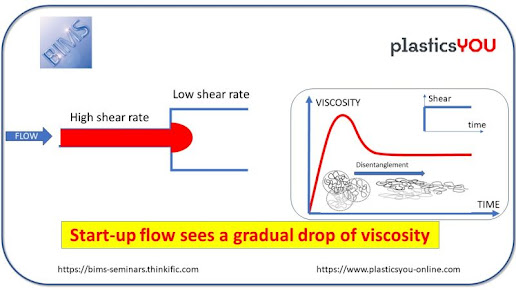Petcore Introduces Innovative Recycling Method to Manufacture Plastic Pellets Using Ocean Litter
Production-run pellets made partially from plastic ocean litter have become a reality, thanks to 18 months of cooperation between packaging brand designer Method and recycler Envision Plastics Industries LLC.
The first batch of pellets streamed off the production line at Envision's Chino plant around noon March 1. Executives from both companies beamed with pride and excitement, and captured the technology breakthrough, snapping pictures and video. They then watched as the otherwise unassuming black pellets were loaded into 1,200-pound boxes, ready to be molded into a Method-designed container that will hit a major grocery chain this fall. "We did a couple of fist pumps," smiled Adam Lowry, co-founder, CEO and chief groundskeeper of the SanFrancisco-based Method, whose packages are made from 100 percent recycled materials.
Lowry declined to name the product that will be made from the ocean scrap, but he said that it will be an existing product, in one of the company's "iconic shapes." Method-brand products include household and personal-care items. The container will be made by a major plastics packaging blow molder. The two companies overcame obstacles to reach this point.
A major one: Plastic made from ocean litter is more brittle than traditional recycled plastic because of exposure to ultraviolet light and ocean degradation. The two companies had to develop the right blend of materials for the pellets, which initially will be made from 75 percent traditionally recycled high density polyethylene and 25 percent ocean litter. The litter is a 50-50 mix of HDPE and polypropylene that was collected on Hahuku Beach on the island of Kaui in Hawaii, where it had settled after floating down from the North Pacific Gyre.
"It's something we've worked together on for longer than a year," said Parham Yedidsion, a co-owner of Envision Plastics. "The ocean scrap is ??more challenging, so we had to do a lot of testing and qualification work." In addition, he said ocean scrap requires more hand-sorting because of the need to take out items such as buoys and plastic nets. The material also runs through optical sorters before it is ground into flake, washed, and blended with traditional post-consumer HDPE flake, before being fed into an extruder and repelletized.
Method employees - in cooperation with school groups and beach-cleaning groups - collected the material for the initial production run from three very large beach cleanups in slightly more than one year.
Method does not know the exact amount of material it has recycled from Hahuku Beach. But in one sweep, "We collected 3,700 pounds of plastics in two hours," said Rudi Becker, packaging director and chief resonator, who helped collect the plastic litter with a couple of dozen school-age children on that trip. "It's an eye-opening, surreal experience to go there and see it," Becker said. "Sometimes, it's overwhelming because the beach is no cleaner when you are done than when you started because more plastics scrap washes up before you're done." Neither Becker, Lowry or any of the Envision executives have any delusions that their work can clean up the Pacific Gyre. But the companies want to raise awareness of the need to reuse plastic over and over and over again.
"There is a tremendous amount of little fragments of plastics on the top layer of the ocean in the gyre and it is an amount of litter that is literally impossible to clean up," Lowry said. "As long as we continue to make new virgin plastics instead of recycling plastics products, this problem gets worse. The real solution to the plastics pollution problem is to use the plastics we already have on the planet. If you don't make new plastics, you don't create new waste," he said.
Yedidsion agreed. "We need to educate people to recycle plastic packaging and products as opposed to throwing them away." He said Envision got involved in the project because it sends the right message. "We always look at how we bring high value to our customers and to ourselves," he said. "Every step of the way - like with these first boxes of pellets today - we try to push the company forward and raise that bar."
Lowry said the pellets are the first phase of the 12-year-old company's plan to raise awareness of the plastics pollution problem. "Phase one of this project is to just go out and get the plastics we need to make this product," he said. "We know we can go and collect it and all it takes in man-hours. In phase two, we want to work with a lot of beach cleanup organizations all over the world and we want to set up a network to intercept that plastic scrap before it goes to landfills. We can scale it much larger and that is the way to do it.
"The world is going to need a lot more products that are designed more sustainable," Lowry said. "We are going to have to dig deeper and make science-based decisions about those things and what is best from an environmental standpoint. We want to do something innovative that makes a change in the market and have an impact larger than our [physical] size and presence in the market."


Comments
Post a Comment